There’s a recent addition to my home town. It’s not a new housing estate or a big supermarket chain as we’ve become accustomed, but a collection of fruit trees planted in a park by our local council. The trees include some traditional varieties to the Warwickshire region in which they are situated, like the Wyken Pippin and Warwickshire Drooper. What’s more, the trees aren’t private or commercially owned but are accessible to all, planted for and by the community, forming what is known as a community orchard.
But what makes an orchard a community one and where do community orchards come from?
Photos taken by Rebecca Fletcher

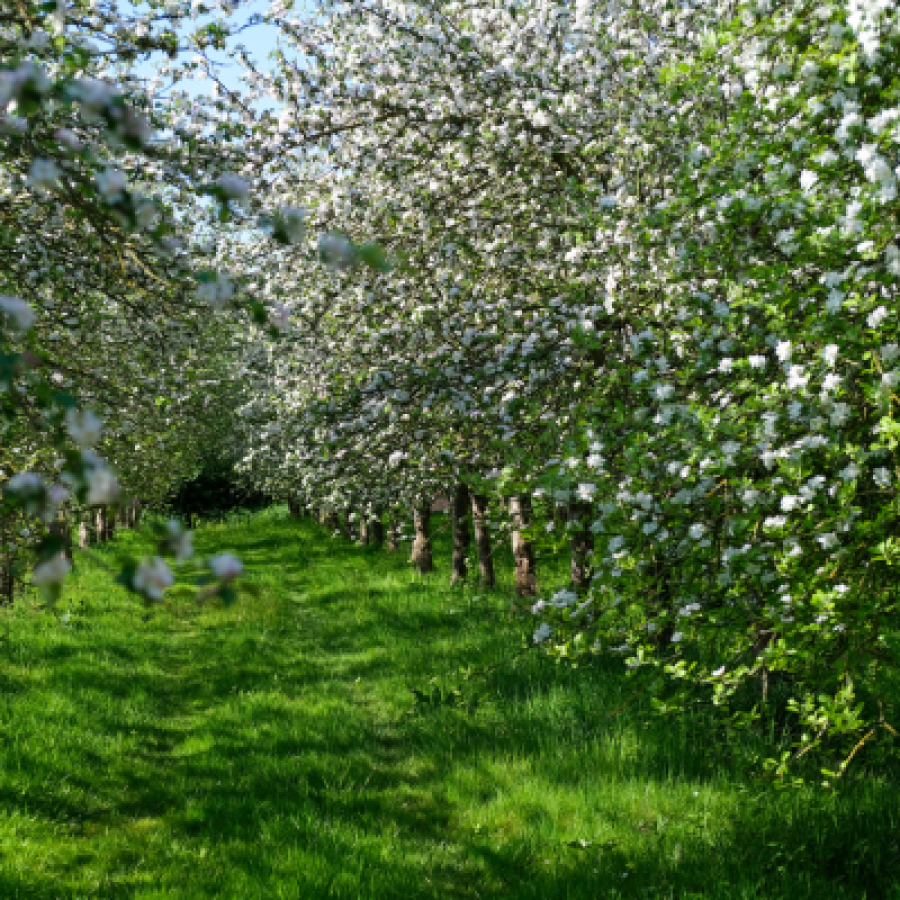
Orchards can be roughly split into two categories: commercial and traditional. Commercial orchards are defined by the intensive methods used in their farming, the trees are often shorter as a result and the land they inhabit lacking in any real biodiversity. Traditional orchards in comparison tend to have taller trees and high levels of biodiversity, making warm and welcoming habitats to a whole array of wildlife.
Commercial orchards are for business and industry, this can be relevant for traditional orchards too, but they tend to work on a more environmentally friendly scale. Being planted with people and their planet in mind, traditional orchards make great candidates, then, for our community orchards. Commercial and community rarely go hand in hand, after all.
"In this age of commercial capitalisation how does an orchard become community owned?"
A community orchard, then, is a collection of fruit trees providing not just significant ecological value to the area like traditional orchards do, but a social one, too. They’re situated on publicly accessible land and the fruit they produce is not just accessible to the public but actively encouraged to be picked by locals. The trees might be tended to by volunteers, or looked after by a charity, and events, workshops and meetups might be held within the orchard to educate and connect local people to their orchard spaces.
Now this all sounds very wholesome, but how do community orchards work? In this age of commercial capitalisation how does an orchard become community owned?
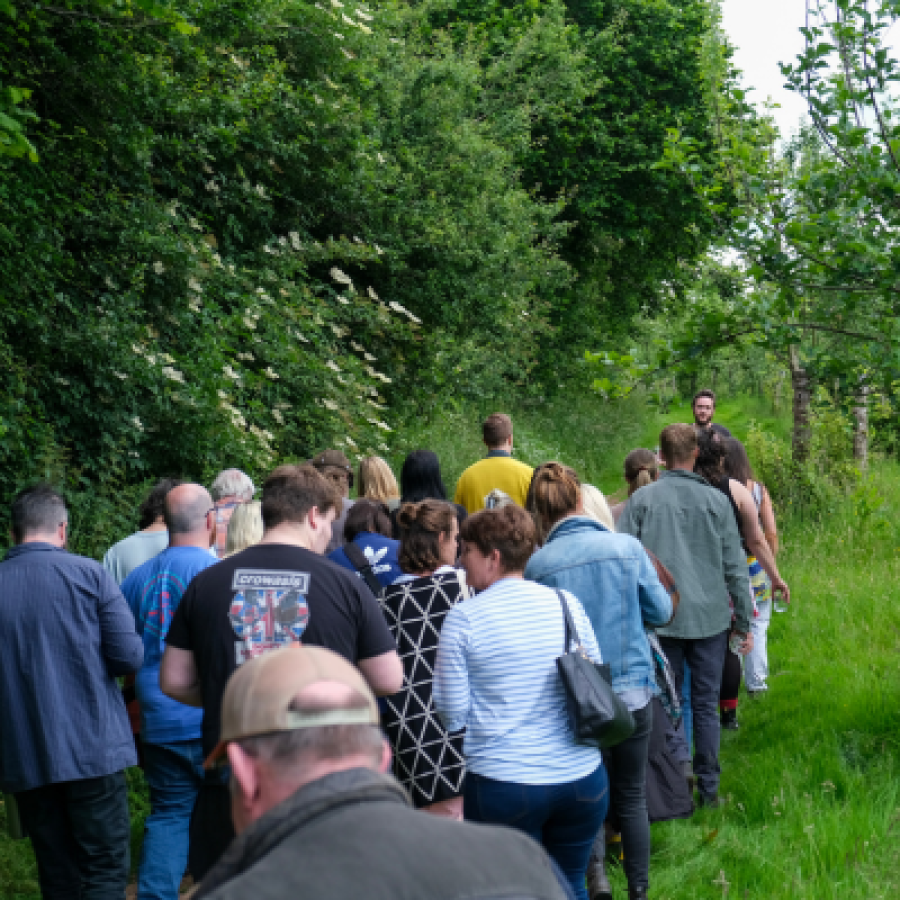
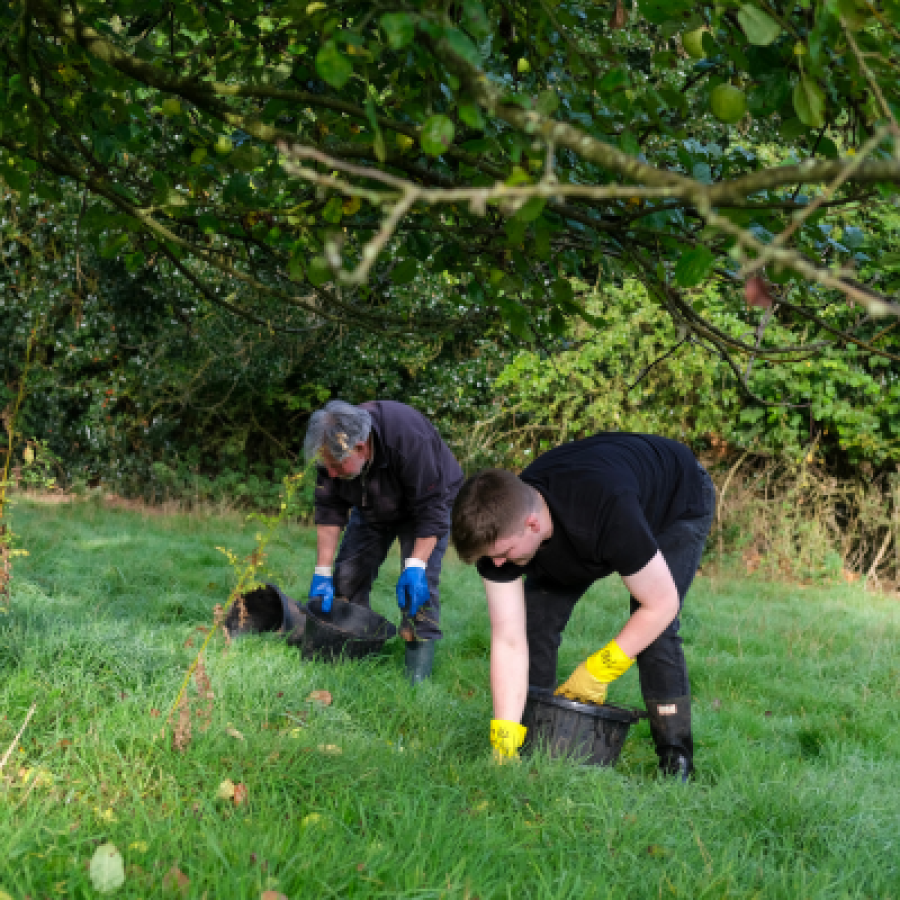
Community orchards tend to happen one of two ways. An already established, but neglected orchard, can be opened up to its local community, perhaps with the help of a local trust or charity. Or a new orchard can be planted entirely, on public ground with the help of a local council, or on private ground, again with the help of a charity, trust, or agricultural organisation.
Common Ground, the driving force behind the appearance of orchards within our communities over the last few decades have written a guide on forming community orchards which is available here. Following on from that, in 2011, the UK Government’s Department for Communities and Local Government produced this guide here on how to plan, start and fund a community orchard within your local area.
There is plenty of help and information around for those wanting to start their own community orchards, mainly down to the social and environmental importance these agricultural spaces play in our lives.
"In a time of lives increasingly lived inside and online and in ways that harm the environment, care and conservation within the community is so important."
According to Common Ground, who are based in Dorset and have been working at the forefront of community conservation and environmental education for the last thirty years, community orchards can “help to revive an interest in fruit growing, provide a way of sharing knowledge and horticultural skills and stimulate us into growing food for ourselves again”
In a planning document for my local community orchard they state the importance of the project, stressing its ecological value to the community:
“Orchards have a significant ecological value - the spring blossom provides food for insects such as bees, butterflies and hoverflies and this can be a benefit to the surrounding area as it will encourage more pollinators into that area. The buds and fruit can be important for birds such as bullfinches, fieldfares and redwings. Over the next few years the orchard will add to the community’s sustainability, social and recreational value. As it becomes more established, there will be a variety of fruit for local people to enjoy.”
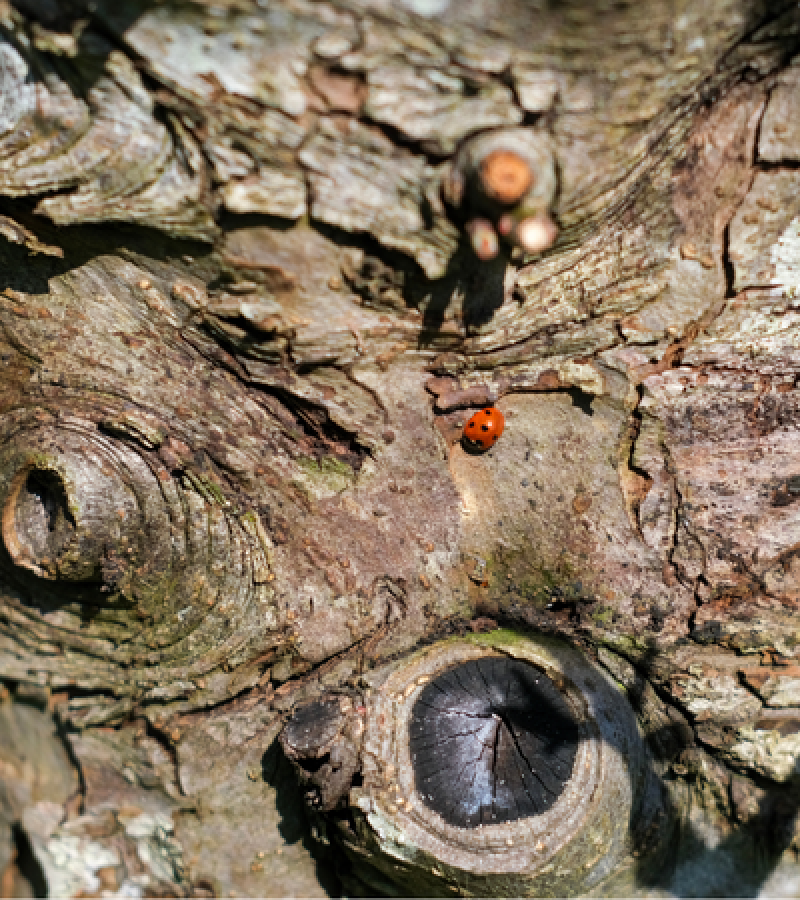
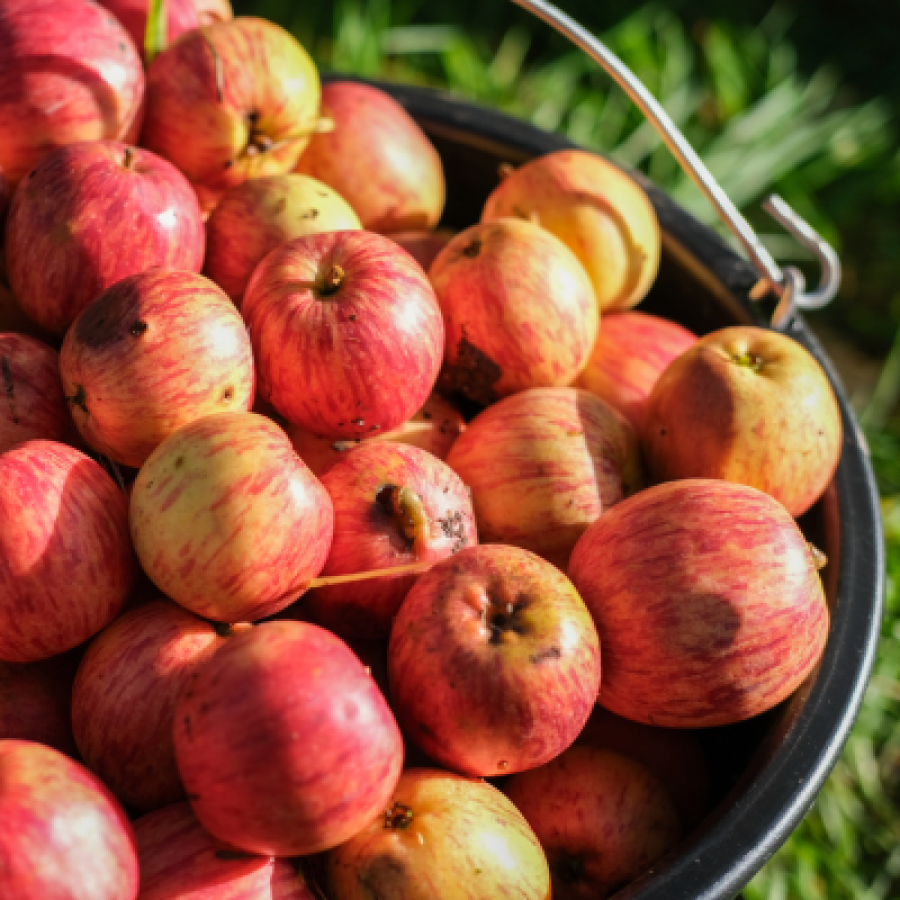
In a time of lives increasingly lived inside and online and in ways that harm the environment, care and conservation within the community is so important. If fruit trees can bring people together, feed us and connect us whilst also tending to local wildlife and increasing the biodiversity of communities in the process, then here’s to planting many more, as accessibly to the public as possible.
Wassail, community orchards!
Rachel Hendry
Rachel Hendry
Become a CAMRA member today for unlimited free access plus many other membership benefits. Find out more